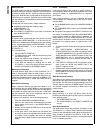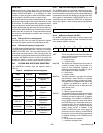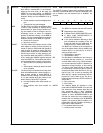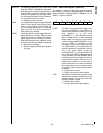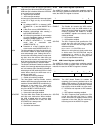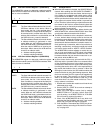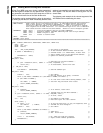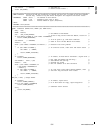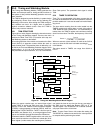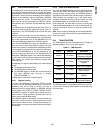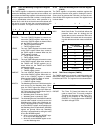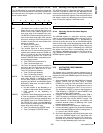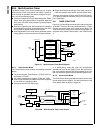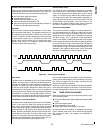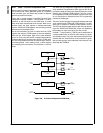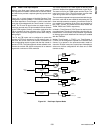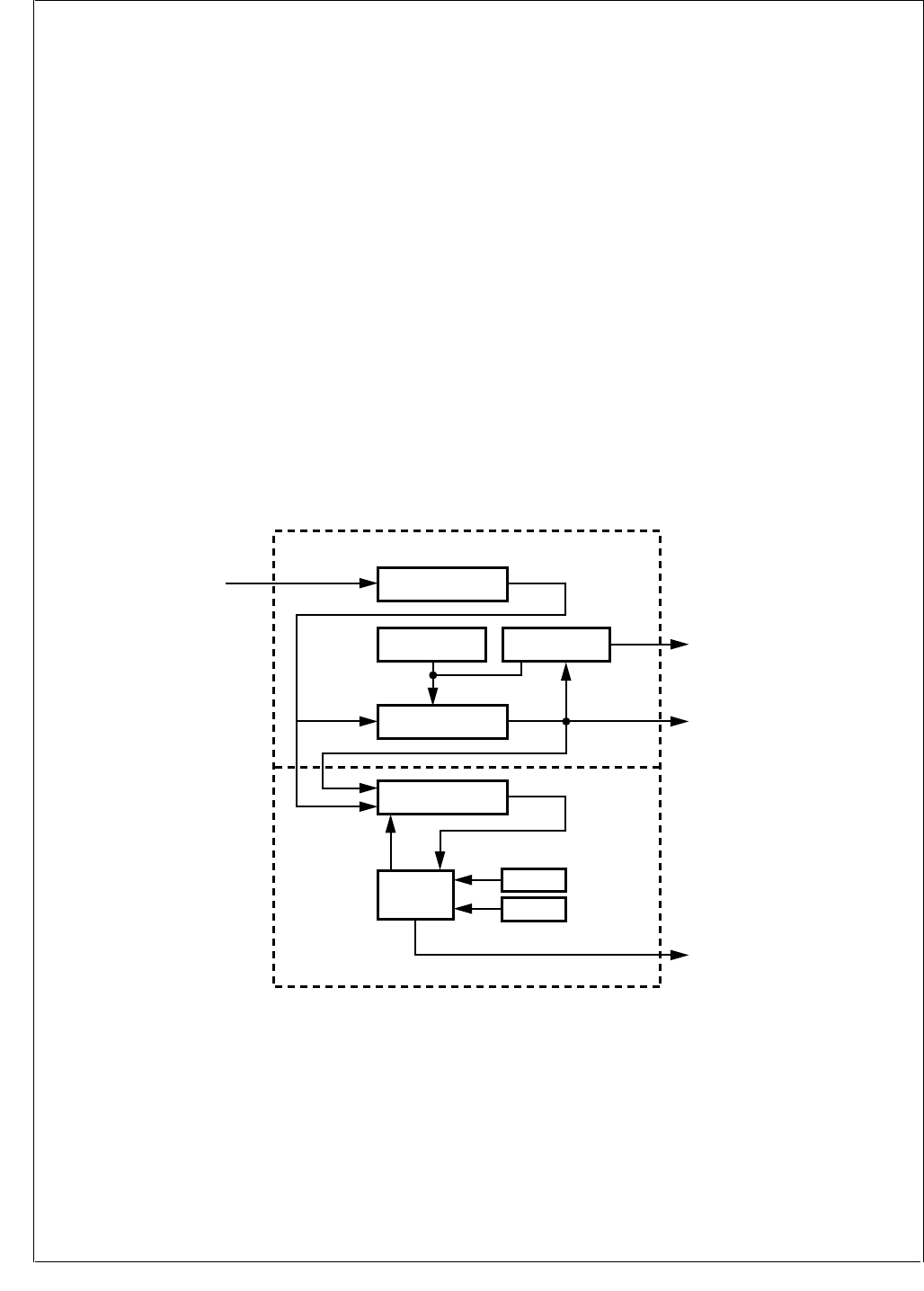
www.national.com 192
CP3BT26
25.0 Timing and Watchdog Module
The Timing and Watchdog Module (TWM) generates the
clocks and interrupts used for timing periodic functions in
the system; it also provides Watchdog protection over soft-
ware execution.
The TWM is designed to provide flexibility in system design
by configuring various clock ratios and by selecting the
Watchdog clock source. After setting the TWM configura-
tion, software can lock it for a higher level of protection
against erroneous software action. Once the TWM is
locked, only reset can release it.
25.1 TWM STRUCTURE
Figure 96 is a block diagram showing the internal structure
of the Timing and Watchdog module. There are two main
sections: the Real-Time Timer (T0) section at the top and
the Watchdog section on the bottom.
All counting activities of the module are based on the Slow
Clock (SLCLK). A prescaler counter divides this clock to
make a slower clock. The prescaler factor is defined by a 3-
bit field in the Timer and Watchdog Prescaler register, which
selects either 1, 2, 4, 8, 16, or 32 as the divisor. Therefore,
the prescaled clock period can be 2, 4, 8, 16, or 32 times the
Slow Clock period. The prescaled clock signal is called
T0IN.
25.2 TIMER T0 OPERATION
Timer T0 is a programmable 16-bit down counter that can
be used as the time base for real-time operations such as a
periodic audible tick. It can also be used to drive the Watch-
dog circuit.
The timer starts counting from the value loaded into the
TWMT0 register and counts down on each rising edge of
T0IN. When the timer reaches zero, it is automatically re-
loaded from the TWMT0 register and continues counting
down from that value. Therefore, the frequency of the timer
is:
When an external crystal oscillator is used as the SLCLK
source or when the fast clock is divided accordingly, f
SLCLK
is 32.768 kHz.
The value stored in TWMT0 can range from 0001h to
FFFFh.
Figure 96. Timing and Watchdog Module Block Diagram
When the counter reaches zero, an internal timer signal
called T0OUT is set for one T0IN clock cycle. This signal
sets the TC bit in the TWMT0 Control and Status Register
(T0CSR). It also generates an interrupt (IRQ14), when en-
abled by the T0CSR.T0INTE bit. T0OUT is also an input to
the MIWU (see Section 13.0), so an edge-triggered inter-
rupt is also available through this alternative mechanism.
If software loads the TWMT0 register with a new value, the
timer uses that value the next time that it reloads the 16-bit
timer register (in other words, after reaching zero). Software
can restart the timer at any time (on the very next edge of
the T0IN clock) by setting the Restart (RST) bit in the
T0CSR register. The T0CSR.RST bit is cleared automati-
cally upon restart of the 16-bit timer.
Note: To enter Power Save or Idle mode after setting the
T0CSR.RST bit, software must wait for the reset operation
to complete before performing the switch.
f
TIMER
fSLCLK
TWTM0 1+()prescaler×
-----------------------------------------------------------------------
=
5-Bit Prescaler Counter
(TWCP)
REAL TIME TIMER (T0)
WATCHDOG
Restart
Restart
Underflow
Underflow
Slow
Clock
T0LINT
(to ICU)
T0OUT
(to Multi-Input-
Wake-Up)
WDERR
Watchdog Error
16-Bit Timer
(Timer0)
WATCHDOG
Timer
WATCHDOG
Service
Logic
TWW/MT0 Register T0CSR Contrl. Reg.
WDSDM
WDCNT
DS080
T0IN



